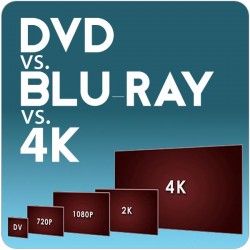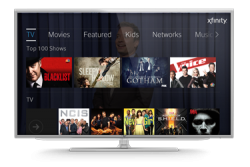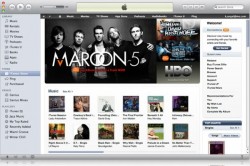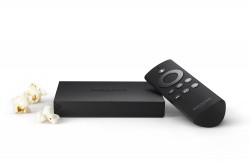Happy Belated Valentine’s Day. Hope you and your loved one had a nice, sweet and romantic day, full or roses and chocolates and other nice things. If you’re single, then don’t be too sad and just think of all the money you’ve saved!
No time to waste, so let’s get started on this slightly shorter than usual WNR.


RapidShare to cease operations by the end of March, falling popularity due to tough anti-piracy measures may be to blame
RapidShare is no more, or rather, it will be no more very soon. The cyberlocker firm, once the darling of pirates due to how easy it was to upload, and download pirated content from the site, then turned copyright reformer (complete with manifesto) and vowed to walk the straight and narrow. But perhaps too straight, and too narrow, so much so that traffic to the site dropped so rapidly (a-pun-logies) that I guess it no longer made sense for the site to keep running.
Which is a shame, because the site did provide a valuable service. That the service was abused by pirates, and also that monetization for the site comes largely via these pirated downloads, is just unfortunate. Services like Dropbox perhaps just had a better balance between private file sharing (useless for pirating), and public sharing, and so are able to survive, not just financially, but also legally.
The irony of RapidShare’s detour via the moral high ground is that it was added back to the piracy black list last year – so much for trying to do the right thing!


The PS4 and Xbox One already support 4K, although Netflix believes new versions with enhanced 4K support could come later this year
The first hardware revision for the PS4 and Xbox One may bring more than just a smaller footprint – Netflix believes (and perhaps knows) that the update, which could come before Christmas 2015, could also add 4K video streaming support.
If history is correct, both consoles will receive a hardware upgrade by the end of the year, probably “slim” versions that may also be accompanied by a price cut. It is during this update that Netflix’s Chief Product Officer Neil Hunt thinks enhanced 4K support will be added.
Both current-gen consoles actually already support 4K, but only 24/30 FPS playback, a limitation of the HDMI 1.4 port used by both consoles. But Hunt believes that the next hardware revision for the consoles will add in HDMI 2.0 support, which then enables 50/60 FPS 4K playback, something that Netflix does not yet use, but could by the end of the year. Other features, like HDR (high dynamic range) support, could also be added via an upgraded HDMI port.
One country that won’t be needing 4K Netflix any time soon would be Cuba. You might think this is a strange segue, but it’s actually not that strange. You see, thanks to President Obama’s initiative to reopen diplomatic ties with Cuba, Netflix has taken the opportunity to become one of the first American companies to officially do business with the island nation. Cubans can now sign up to Netflix and access the complete Netflix library, TV shows and movies that are the products of capitalist excess. Of course, the number of Cubans who have Internet access, a connection that’s fast enough, and also have enough money to pay for the monthly subscription (and an international credit or debit card), might not be a big enough market for Netflix to earn anything. Not to get too political here, but I suspect this is exactly what the Obama administration had hoped would happen, to not only allow Americans to (legally) visit the country, but to also allow Cubans a view and a taste of American life.


There is now a way to use PS4 Remote Play on non Sony devices
Those lucky enough to have a Xperia Z2 or Z3 device, and a PS4, should be well aware of the PS4 Remote Play feature, where you can use your phone or tablet to stream and play PS4 games on the go. But it’s a no go for non Sony Android users, as while there doesn’t appear to be any technical reason why Remote Play shouldn’t work on these device, Sony obviously don’t want it to happen. Until now.
Developers led by a coder known only as ‘TheScriptKitty’ had released a port of the official Remote Play app that makes it work on almost all Android devices. All users need to know is how to sideload the APK (basically upload the APK to the device, run the APK, after enabling installs from “unknown sources”), and it works surprisingly well with a good number of devices. You can even hook up a DualShock 3 or DualShock 4 controller to your phone, as you could with the compatible Xperia smartphones, but you’ll need a rooted Android phone in order to run the app for this.
So you no longer need a Sony phone to get Remote Play, although with that said, there are some seriously good phones as part of the Z2 and Z3 range, so they’re definitely worth considering even if Remote Play is no longer as exclusive as it once was.
——
The NPD stats for January just came out while I was finishing off this WNR, so I’ll leave it for next week. Spoiler alert: the PS4 did really well.
——
That’s all we have for this week, hope you enjoyed reading. See you next week!
![]()









